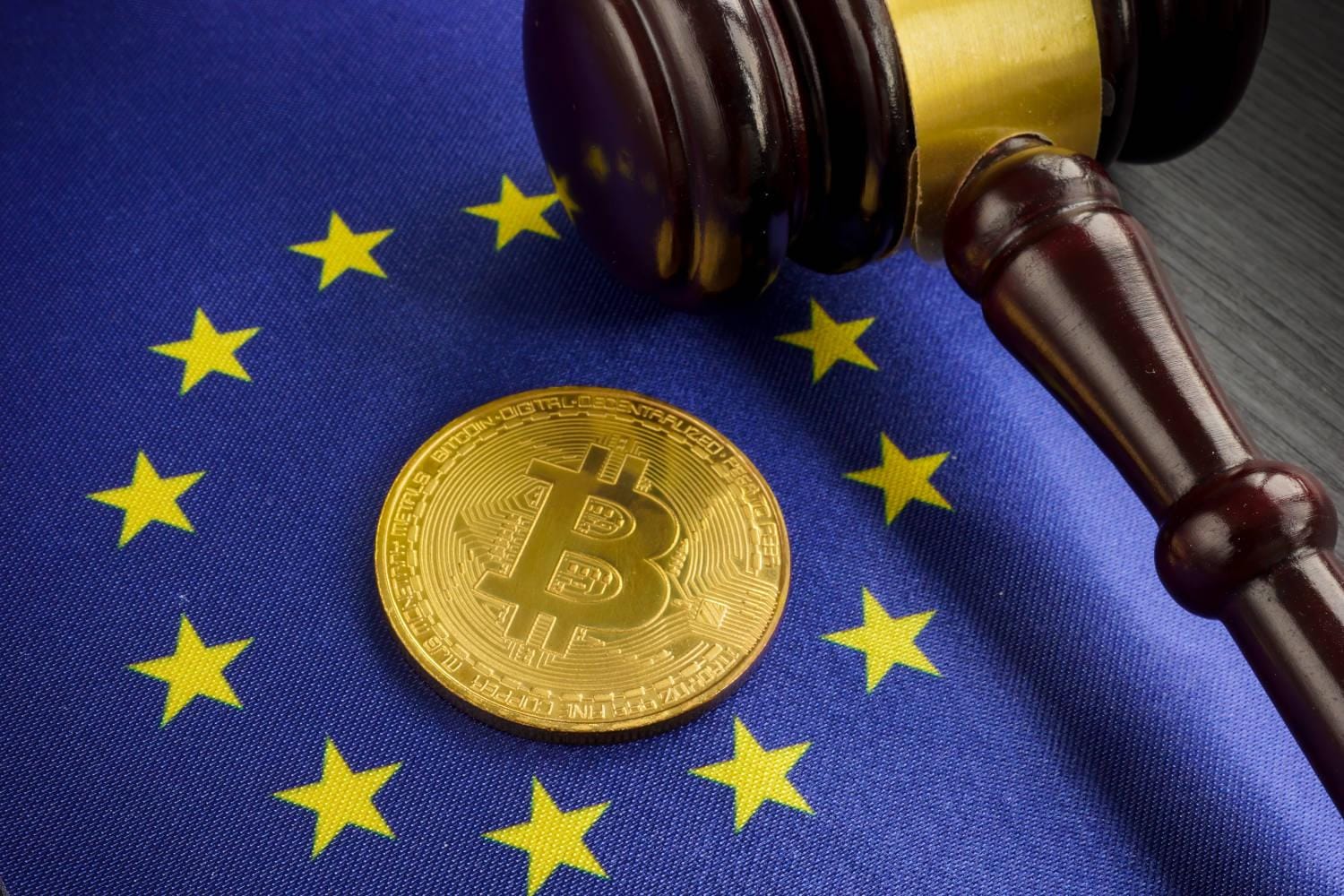The rollout of EU crypto regulation 2025 marks a transformative moment for the digital asset sector. As the MiCA crypto framework moves from draft to implementation, major exchanges like Binance, Coinbase, and Kraken are gearing up for a unified licensing process across the bloc. This shift in crypto exchange licensing EU could set a global benchmark, yet rising concerns within the EU highlight a brewing Brussels crypto compliance divide that may influence licensing.
Unified Crypto Exchange Licensing EU: What Changes Under MiCA?
Under the existing system, centralised exchanges (CEXs) must obtain separate licences in each EU member state. But with the advent of MiCA, platforms will gain a single passportable licence valid across all 27 EU countries, streamlining operations and reducing legal complexity. This new crypto exchange licensing EU model follows the template used by banks and financial institutions.
On June 13, 2025, Reuters confirmed that the European Commission is poised to issue the first batch of licences to major exchanges under the MiCA crypto framework . Once approved, firms will no longer need to maintain multiple national licences, boosting scalability and reinforcing regulatory transparency.
Benefits of Harmonisation
- Streamlined Licensing: One licence replaces multiple submissions.
- Regulatory Clarity: A consistent licence approach reduces ambiguity.
- Investment Growth: Clear rules attract institutional funds into crypto ETFs and digital asset products.
Brussels Crypto Compliance: Rising Tensions Among Member States
Despite progress, tensions over Brussels crypto compliance are becoming increasingly clear. France and Germany are urging for increased capital buffers, stronger anti-money laundering (AML) mandates, and tighter consumer protection under the MiCA framework. They worry that current terms may allow large exchanges to operate with lower oversight, creating risk exposure for their domestic markets.
This debate represents a broader conflict between EU-wide harmonisation and national regulatory prerogatives. While countries such as Luxembourg, Malta, and Ireland support MiCA’s streamlined approach, they are being challenged by calls for what are known as “gold-plated” regulatory standards.
MiCA Regulation News 2025: Timeline & Cross-Jurisdictional Approach
Regulatory observers expect the European Commission to finalise MiCA regulation news 2025 by the end of Q3. Subsequent licence applications by exchanges will be coordinated through ESMA’s passporting system, allowing straightforward market access. National financial watchdogs retain supervisory authority, including audits and enforcement actions, in line with the MiCA framework.
This crypto exchange licensing EU regime is modeled on existing financial passporting arrangements. If executed properly, it will position the EU as a global leader in digital asset regulation.
Potential Impact on Market Dynamics
- Increased Liquidity & Market Depth: Unified platforms increase trading volumes and pricing efficiency.
- Greater Institutional Confidence: Regulatory clarity encourages capital inflows from funds, pension schemes, and asset managers.
- User Assurance: Stricter AML/KYC under MiCA bolsters consumer trust.
Regulatory Rift: National Autonomy vs EU-Wide Licensing
The clash over Brussels crypto compliance underscores a fundamental regulatory tension. Proponents of a strong, centrally governed licensing regime argue that it will ensure legal certainty. Opponents maintain that each EU member should preserve the right to enforce higher standards, especially concerning consumer and investor protections.
Some national regulators are pushing for enhanced capital requirements, stricter KYC protocols, and more aggressive surveillance measures. These proposals could shape the final design of EU crypto regulation 2025 and may delay the licence rollout if adopted.
How MiCA Affects Crypto Businesses & Investors
- Cross-Border Access: Easier EU expansion for licensed exchanges.
- Regulatory Stability: Consistent rules reduce legal complexity for businesses.
- Consumer Protection: Stronger AML, KYC, and disclosure requirements.
- Innovation Incentives: Clear frameworks fuel product development in DeFi, staking, custody services.
From April forward, any firm seeking to expand in Europe should prepare for the new MiCA crypto framework standards. Licensing is expected to begin in Q4 2025.
Crypto Market Response to MiCA
Markets have reacted positively since the MiCA licensing announcement. Many altcoins associated with European DeFi projects saw minor rallies, and trading volumes on EU-regulated exchanges increased following the June 13 report .
European listed crypto funds noted a spike in inflows, driven by growing investor confidence that regulatory clarity will stabilise market frameworks. Analysts suggest that unified crypto exchange licensing EU could elevate the region’s global standing, especially when compared to regulatory fragmentation in the U.S.
International Implications of EU Crypto Regulation
The implementation of the MiCA framework may set an example beyond Europe. Markets such as the UK, Canada, Singapore, and Hong Kong are closely monitoring this regulatory model. If the EU’s harmonised approach proves effective, it could drive other jurisdictions to replicate similar standards, particularly as global regulators seek to balance innovation with compliance.
Industry Perspective
A spokesperson from a major EU trade group commenting on MiCA regulation news 2025 said, “We support a robust launch of MiCA, but excessive national amendments could undercut its advantages.” Others counter that regulatory convergence must not sacrifice investor safeguards or AML rigor.
Next Steps for Businesses
Organisations planning to operate within the EU should begin MiCA alignment now:
- Assess capital and operational readiness
- Enhance AML/KYC policies in line with EU expectations
- Prepare passporting application processes
- Engage with national regulators in advance on local licensing conditions
For EU crypto regulation 2025, achieving success means delivering a regulation that is both efficient and enforceable, one that bridges the gap between ambition and accountability.
Related Guides
- Full Crypto Guide for Europe
- List of EU-Licensed Crypto Exchanges Under MiCA
- List of EU-Compliant Crypto Wallets









[…] is the regulatory momentum. With the U.S. crypto regulation 2025 debate intensifying and Europe’s MiCA framework now live, the legal environment is becoming clearer. Policymakers understand that tokenization is […]
[…] Read more about EU crypto regulation 2025 […]